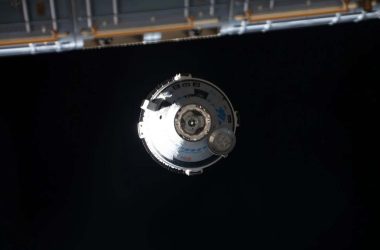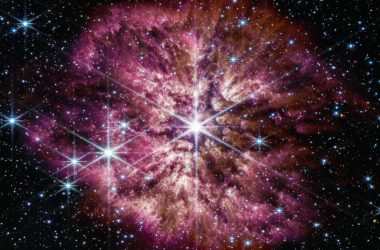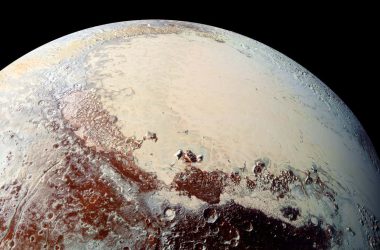Introduction
Recent data from the James Webb Space Telescope reveals the presence of huge clouds made of sand on the fluffy Jupiter-sized planet, WASP-107b. This unique exoplanet, discovered in 2017, is located about 200 light years away from Earth in the constellation Virgo. With a mass comparable to Neptune but a significantly larger radius resembling that of Jupiter, WASP-107b exhibits an exceptionally low density, giving it a fluffy appearance.
Unveiling the Fluffy Planet’s Atmosphere
Leen Decin from KU Leuven in Belgium explains that the low density of WASP-107b allows for a comprehensive study of its atmosphere. The James Webb Space Telescope’s Mid-Infrared Instrument has facilitated a deep exploration of the planet’s atmospheric composition, revealing the presence of sulphur dioxide and water vapor, which is unusual for a planet with such relatively low temperatures.
The researchers propose that the enhanced ultraviolet radiation from the host star, WASP-107, penetrates the planet’s atmosphere due to its low density, leading to the formation of the sulphur dioxide compound through chemical reactions.
Sand Clouds and Exoplanetary Dynamics
A peculiar discovery made by Decin and her colleagues is the presence of clouds in the planet’s upper atmosphere composed of tiny silicate particles, similar to the matter that forms sand. The researchers hypothesize that the gaseous silicate rises from the hotter regions of the planet’s atmosphere and then condenses to form clouds before raining back down, akin to the water cycle on Earth.
This groundbreaking revelation marks the first identification of the composition of exoplanetary clouds, offering insight that may enhance models of planetary formation and evolution. Decin emphasizes the importance of understanding the dynamics and chemistry of exoplanets to broaden our view of the universe beyond the limited scope of Earth’s experience.
Conclusion
The discovery of sand-raining clouds on the fluffy exoplanet, WASP-107b, provides valuable insights into the atmospheric dynamics and composition of exoplanets. This knowledge not only expands our understanding of planetary formation and evolution but also enriches our perspective of the universe.








